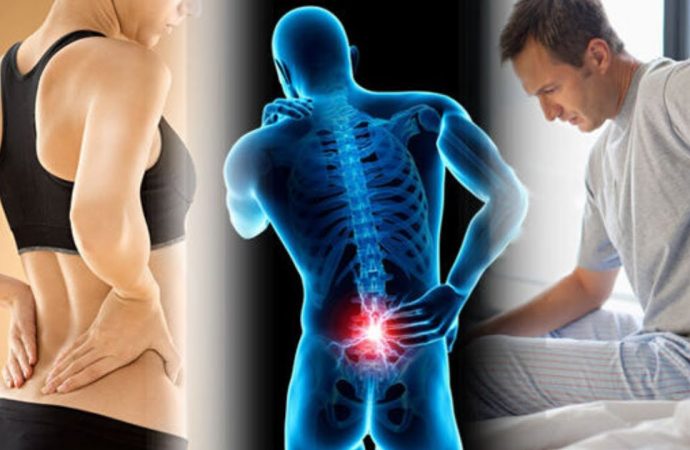Introduction Manage Back Pain is a widespread issue, impacting a significant number of Americans due to a range of factors, from acute injuries in sports to prolonged conditions. As back pain is a prevalent concern, understanding effective ways to alleviate and prevent it is essential for maintaining a healthy spine. This comprehensive guide provides eight
Introduction
Manage Back Pain is a widespread issue, impacting a significant number of Americans due to a range of factors, from acute injuries in sports to prolonged conditions. As back pain is a prevalent concern, understanding effective ways to alleviate and prevent it is essential for maintaining a healthy spine. This comprehensive guide provides eight practical tips to help manage back pain and promote overall spinal well-being.

Image by: yendex.com
1. Strengthen Your Core Muscles
One of the key contributors to a healthy lower back is the strength of your core muscles. These muscles play a crucial role in supporting your spine and reducing pressure on the lower back. Since our everyday activities often underutilize these core muscles, incorporating specific, targeted exercises into your routine is vital. A few minutes of simple core exercises each day can significantly contribute to the health of your back.
2. Daily Stretching Routine
Tight muscles are a common cause of back problems. When the muscles in your back are tight, they add stress to your entire spine, including the joints. Establishing a daily stretching routine can alleviate this stress and promote spinal health. Regular stretching not only improves flexibility but also reduces the risk of muscle strain and discomfort.

Image by: yendex.com
3. Maintain Good Sitting Posture
The way you sit can impact the discs in your lower spine. Poor sitting posture can load the discs even more than when standing. If your lifestyle involves prolonged periods of sitting, paying attention to your posture is crucial. Take breaks to walk around, ensuring you don’t put excessive pressure on your back. Simple adjustments in your sitting habits can go a long way in preventing back pain.
4. Embrace Walking as Exercise
Walking is a low-impact and safe exercise that contributes to maintaining a healthy weight and reducing pressure on your back. Whether it’s a brisk walk during your work break or an outdoor stroll, incorporating walking into your routine has numerous benefits for your overall well-being.

Image by: www.marthastewart.com
5. Lift with Proper Technique
Incorrect lifting techniques can lead to muscle spasms and pain. When lifting something heavy, it’s easy to twist the wrong way, causing strain on your back. Ensure you use proper body mechanics by engaging your leg muscles, not your back, to lift heavier items. If an item is too much for you to lift alone, seek assistance to prevent potential injuries.
6. Optimize Sleep Positions
Your sleeping position can significantly impact your back health. Sleeping flat on your back can put pressure on your spine. Elevate your knees slightly by placing a pillow under them to reduce this pressure. For side sleepers, placing a pillow between the knees helps alleviate strain on the back, contributing to a more restful sleep.

Image by: www.freepik.com
7. Manage Body Weight
Maintaining a healthy weight is crucial for preventing unnecessary strain on your back. Extra weight can lead to a tilt in your spine, causing uneven stress. Over time, this may result in the loss of proper support and the development of an unnatural curvature in the spine. Taking steps to manage your body weight is essential for long-term spinal health.
8. Quit Smoking
Smoking has detrimental effects on your spine health. It restricts blood flow to the discs that cushion your vertebrae, potentially accelerating disc degeneration. Additionally, smoking reduces calcium absorption and new bone growth, increasing the risk of fractures due to osteoporosis. Quitting smoking is a crucial step in promoting overall spinal health.

Photo by: www.pexels.com
Despite the best preventive measures, back injuries can still occur. In such cases, seeking professional care becomes necessary. The UC Davis Spine Center offers comprehensive spine wellness and pain care. Highly experienced neurosurgical and orthopedic surgical teams utilize advanced technology to provide the right surgical treatments when needed. For more information, including details on ongoing clinical trials, explore the services available at the UC Davis Spine Center. Taking proactive steps and incorporating these tips into your routine can significantly contribute to a healthier, pain-free back and spine.

















Leave a Comment
Your email address will not be published. Required fields are marked with *